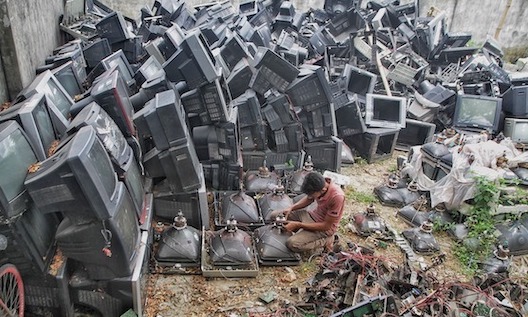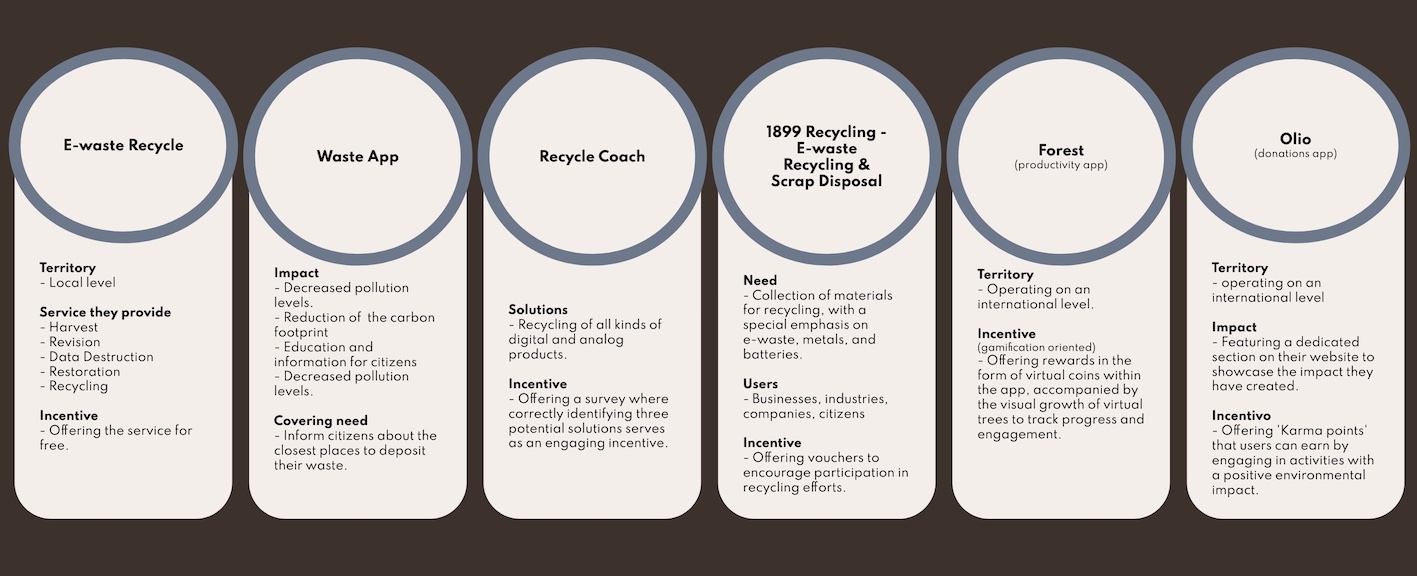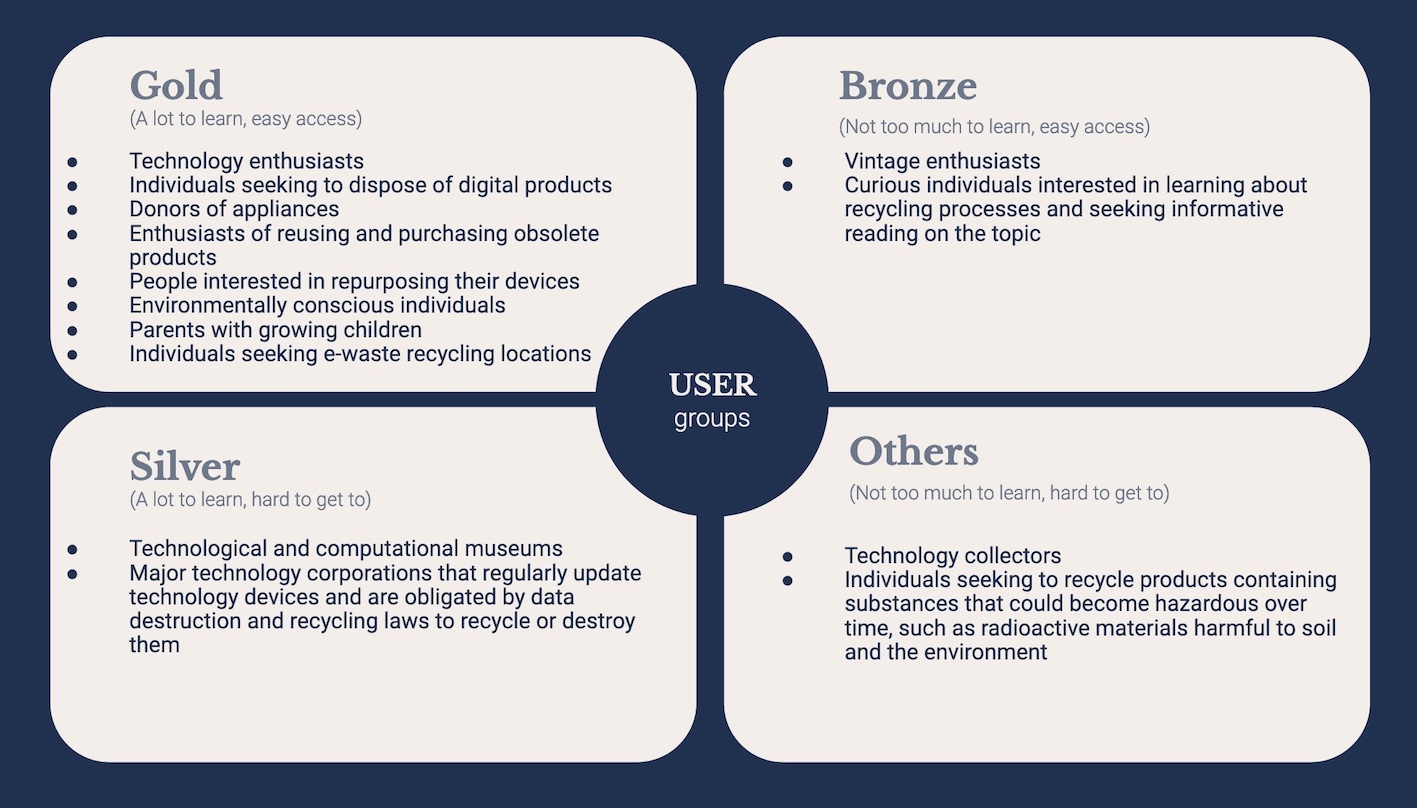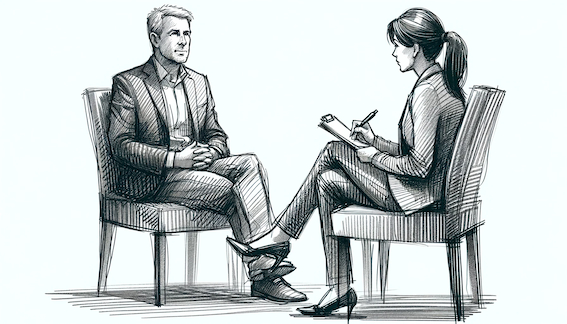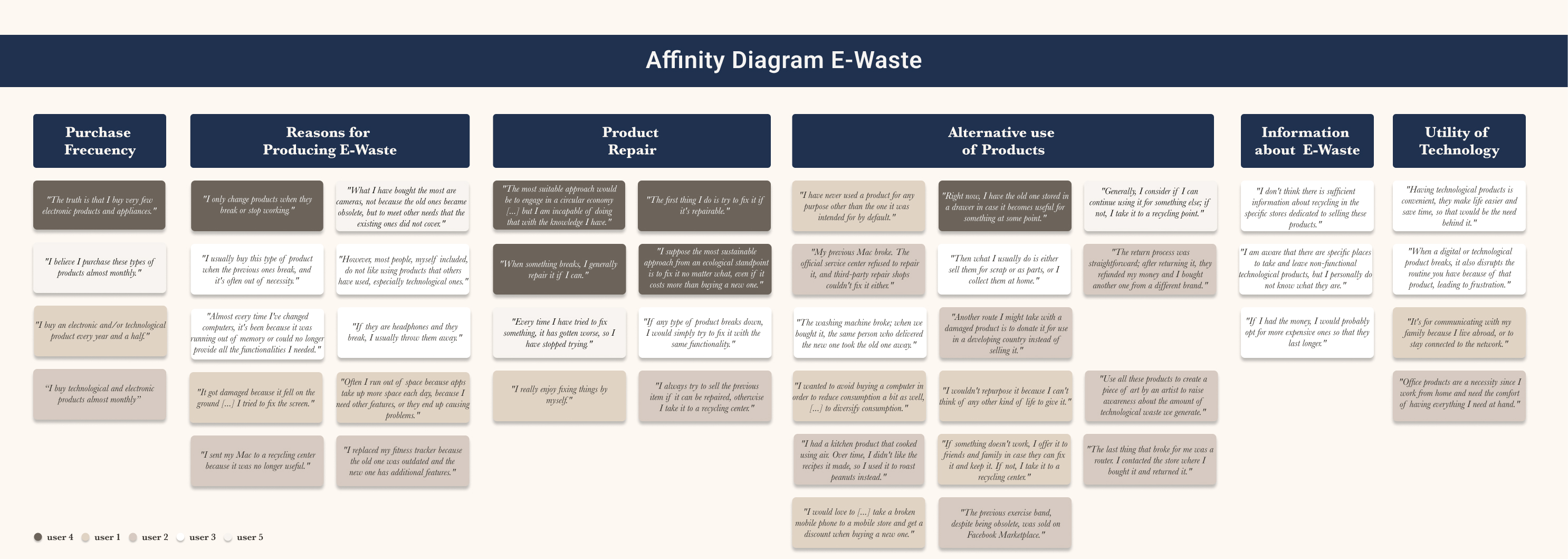E-waste Investigation
Duration: 3 months | Role: UX Researcher
Many third-world countries face significant challenges in e-waste management due to inadequate recycling methods. Annually, large amounts of e-waste are improperly disposed of in landfills and incinerators, often imported from more developed countries. Such practices pose serious risks to human, animal, and plant health.
This project investigates current recycling methods across various countries aiming to propose effective solutions. The objective is to develop sustainable, safer e-waste management strategies suitable for diverse regions, thereby mitigating the environmental and health impacts of e-waste.
The project also focuses on researching the environmental impact of electronic waste, aiming to enhance user awareness and understanding of electronic and electrical recycling for sustainability.
Furthermore, it includes recommendations about how to educate users on recycling and to encourage sustainable practices.
